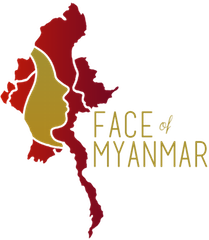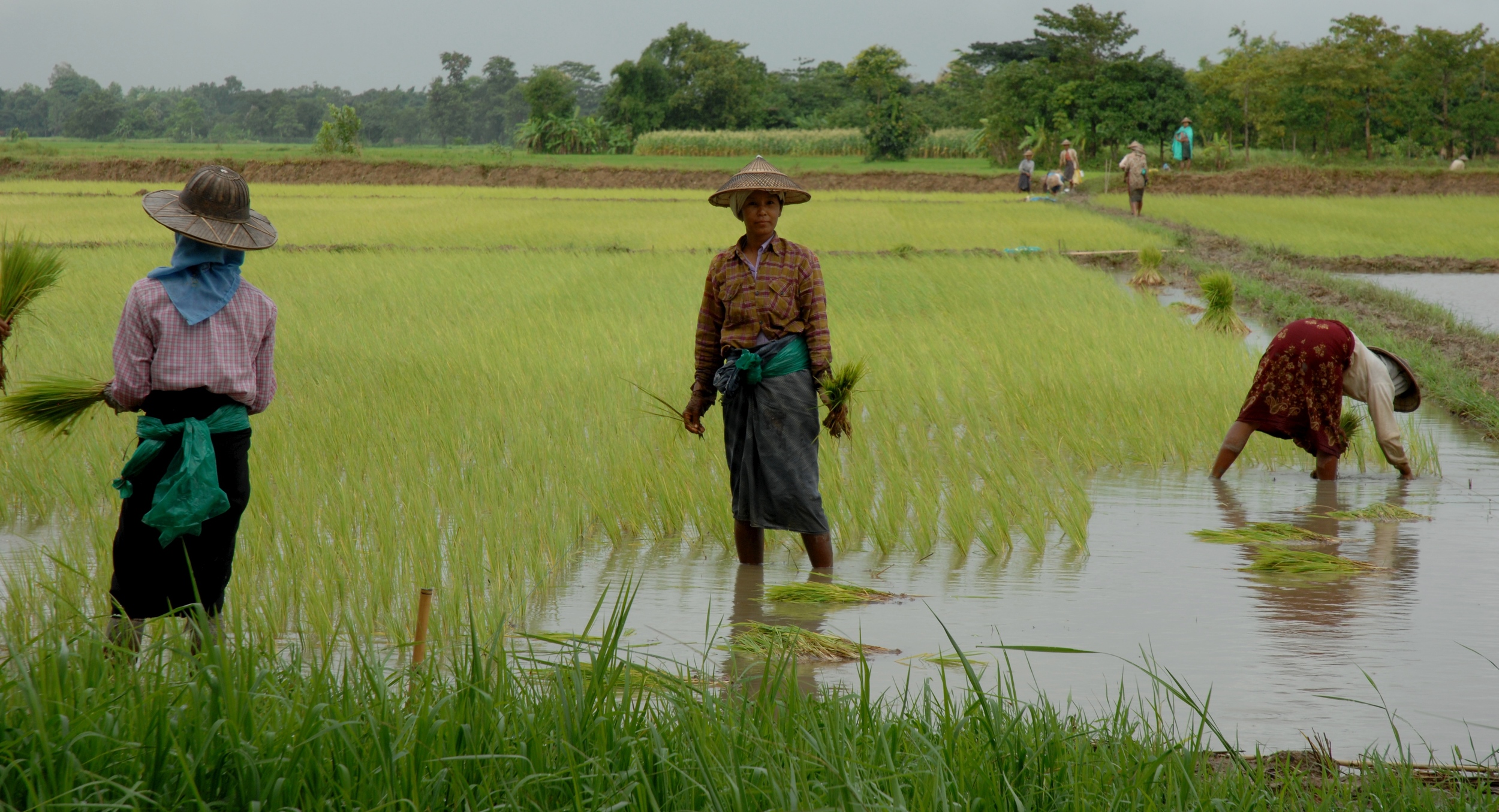The Project
"Times are changing in Myanmar, and it is happening with 21st century speed." -Amanda Jones, LA Times
Face of Myanmar is a project documenting the variations of people and culture during the most pivotal period of this recently opened nation. From the isolated mountain villages of northern Myanmar to the ever-growing international port city of Yangon, we will detail the livelihoods of Burmese people through photography, video, and conversation. People are interviewed to highlight the intricacies of their lifestyle and where they live. Yet what is it that unifies them as a people?
Research for a New Era
Myanmar is the largest country in mainland southeast Asia and is home to over 100 distinct ethnic groups.
The reality of Westernization
Now is a pivotal point in Myanmar's history where the influx of Western ideology and structures is greater than ever. Thailand, the most culturally alike nation to Myanmar, experienced a similar transformation some thirty years ago. National Geographic journalist, Seth Mydans, recounts the profound effect of urbanization on Thailand's social fabric:
During the economic boom that began in the 1980s, wealth poured into the country at such a pace that per capita income tripled within one generation. Bangkok, the nation's capital, was transformed into a high-rise metropolis where shopping malls competed for space with Buddhist temples. Country people flocked to the big city for jobs, pulling apart family structures and discovering new ways of seeing the world.
With the heightened Western interest in Myanmar, a dilution of traditional life and values, similar to Thailand, is to be expected. We do not intend to portray Westernization as evil, we simply want to acknowledge its growing presence. Most visibly, customary dress and beauty standards are already becoming Westernized in many Burmese cities. Technology and social media, however, have advanced rapidly. Burmese people are now faced with a world dominated by 21st century technologies like the Internet and cell phones. Telecom companies in Myanmar plan to reach 90% of the population within the next five years (Economist, Jan. 2015). Accordingly, what took Thailand a few decades to achieve will take Myanmar only a few years.
Embracing cultural diversity, embracing Thanaka
A Burman woman wears Thanaka paste on her face at a jade market in Mandalay. She prepares traditional Betel nut packages while a jade worker on break peruses his cell phone.
Today, modernization and globalization are inevitable. Sharing ideas and images are easier than ever before, and this makes maintaining cultural diversity a priority. With the Western beauty standard seeping its way into traditional cultures, people in Myanmar have begun to overlook their special qualities and what makes them distinct. This project ultimately aims to facilitate a healthy blending of tradition with modernity.
In order to start raising awareness on the social norms native to Myanmar, we have chosen to highlight one unique cultural aspect: the use of Thanaka paste. Throughout the country, Thanaka bark is ground and mixed with water before applying to the body, most notably the face. Used for hundreds of years as a natural sunscreen, this practice has also become a form of beauty and individual expression. Mostly women and children wear it, but men from a number of regions still use it. We plan to investigate the diversity that exists within this specific social custom.
Photo-based research and documentation
Our hope is to synthesize old with new through a camera. Using portrait photography, we will visually capture the faces of Burmese people against a dynamic backdrop. The situation in Myanmar presents a rare opportunity to observe a country transition out of social and political isolation. We will travel through 7 of the 14 ethnically diverse districts in Myanmar and document the changes in both urban and rural areas. During this time, we will explore ways to embrace economic development without shedding centuries-old traditions, starting with Thanaka.
A Glimpse Of The People
A Glimpse Of The Places
The Route
Orange Steps - Month 1; Red steps - Month 2; White steps; - Month 3.
Our goal? 7 distinct areas in 3 months. Our route will span the whole country -- north to south, east to west, and central. For each division, we will document the people in the capital city and two rural communities. Travel into these areas will allow us to interact with the majority Burman ethnic group along with many ethnic minorities. Here is a look at our itinerary and the places we will be visiting:
Month 1: April 6 to May 3, 2015
1. Mon State
2. Yangon Region
3. Rakhine State
Month 2: May 6 to June 2, 2015
4. Mandalay Region
5. Shan State
Month 3: June 5 to July 2, 2015
6. Sagaing Region
7. Kachin State
----------------------------------------------
The People We are Visiting
Even a detailed map like the one below does not do justice for the ethnic diversity found in Myanmar. Titles and districts such as "Kachin" or "Shan" are umbrella terms for a more complex web of subgroups within a given region. Most subgroups, though, are descended from just four ethnic families: the Tibeto-Burman, Tai, Mon-Khmer, and Karen - the last of which is considered a distant subgroup of Tibeto-Burman.
The country is divided into 14 administrative districts: seven regions and seven states. Regions are inhabited mainly by the Burman, the dominant ethnic group, while states are essentially areas home to specific ethnic minorities. The Burmese government officially recognizes 135 distinct ethnic groups, but the true number is unknown.
These people have a culture deeply rooted in Buddhism, Islam and, more recently, Christianity. The practice of Christianity did not come until the 20th century as a result of British and American missionaries. Ethnic groups have high concentrations in, but are not exclusive to, the corresponding regions.
Clarification: On this site, Burman is used for members of the majority ethnic group; Burmese refers to all citizens of the nation.
The Team
Hope
Hope studied Fine Arts of Photography and International Religions at Loyola University in New Orleans, Louisiana. She has gone onto traveling extensively into the outskirts of: China, Tibet, Peru, Ecuador & Colombia. Her primary focus is photographing people, cultures, and their unique ways of life worldwide. Hope's inspiration draws from her desire to capture that one moment, one feeling, one thought -- capture it all in one image. It is not an attempt to freeze time, but instead to capture a part of its essence in that exact state.
Stephen
Stephen grew up in a tiny artist community near New Orleans which influenced him greatly. He learned to appreciate the good things of nature, art, and human interaction amid the historical and cultural backdrop of southern Louisiana. He is fascinated by people and music, so he went up to Boston College and graduated in Sociology with a focus on race, gender, and music.
He conducted a research fellowship with a Boston College professor before taking a job in Seoul, South Korea. For almost two years, he traveled independently throughout South Korea, Nepal, China, Japan, Indonesia, Cambodia, Thailand, Vietnam, Myanmar, along with many countries in Europe. This project was inspired during his travels in Myanmar as a way to document the people during the country's rapid transition.
Miranda
Miranda Franks is originally from Franklin, NC, in the heart of the Appalachian Mountains. Miranda graduated from Lees-McRae College (LMC) in Banner Elk, NC, with Bachelors of Arts degrees in International Studies and Sociology; she also gained a minor in Art. During her time at LMC, Miranda’s main focus of study was the micro and macro paradox of gender as it is related to specific cultures and peoples throughout time.
Miranda currently lives in Mobile, AL, where she works as a Marketing Assistant. She is also a freelance blogger, kayaker, and sunset enthusiast. Miranda’s passion is the understanding of people in their own uniqueness, as members of their direct group, and as contributing limbs of society. Her goal in this life is to see, to do, and to understand.















